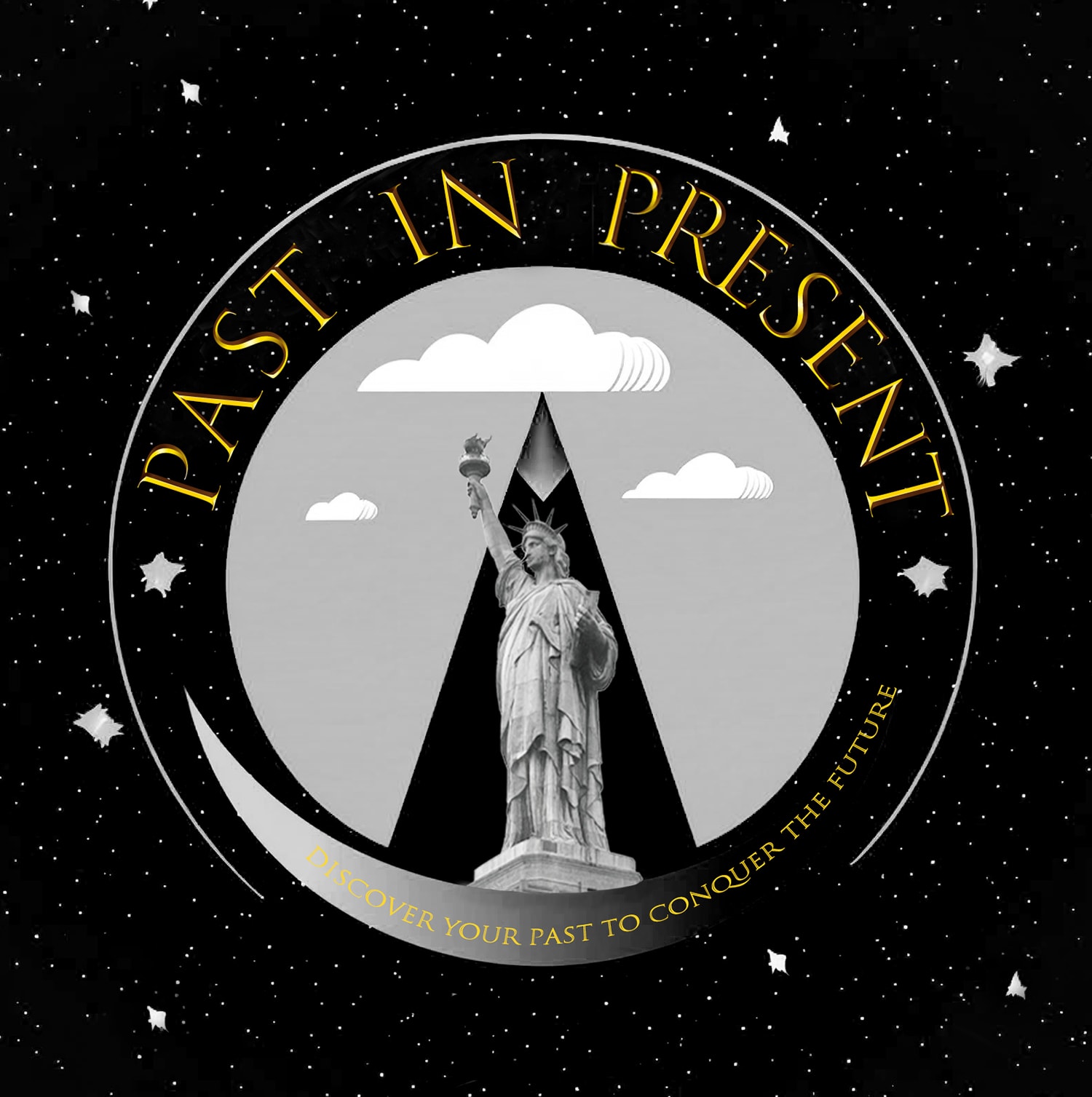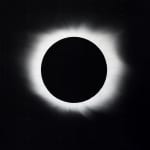 A Rare Masterpiece of Celestial Photography. Total Solar Eclipse, June 8th, 1918. (Watermarks do not appear on the actual artwork.)
A Rare Masterpiece of Celestial Photography. Total Solar Eclipse, June 8th, 1918. (Watermarks do not appear on the actual artwork.)
 A Rare Masterpiece of Celestial Photography. Total Solar Eclipse, June 8th, 1918. (Watermarks do not appear on the actual artwork.)
A Rare Masterpiece of Celestial Photography. Total Solar Eclipse, June 8th, 1918. (Watermarks do not appear on the actual artwork.)
A Rare Masterpiece of Celestial Photography. Total Solar Eclipse, June 8th , 1918, 1918
The total solar eclipse of June 8, 1918, was one of the most remarkable astronomical events of the early 20th century. Occurring at the end of World War I, this celestial phenomenon brought a moment of unity and awe to a nation weary from conflict. The eclipse was visible across the continental United States, marking the first coast-to-coast total eclipse since 1776 and the last until 2017.
The event had immense scientific significance. Scientists, including teams from the U.S. Naval Observatory and the Smithsonian Institution, used the eclipse to study the sun’s corona and Einstein’s theory of general relativity, which had been proposed only a few years earlier. Observations of such eclipses played a key role in advancing astrophysical research.
A Precision Masterpiece: This is not your typical eclipse photograph. The professional photographer employed advanced techniques of the time, leveraging cutting-edge optics to produce a detailed close-up of the moon perfectly aligning with the sun. The glowing corona, radiant and mysterious, is presented in its full glory, making this image a true marvel of early 20th-century photographic expertise.
Unmatched Historical Significance: Captured during a period of burgeoning scientific discovery, this image symbolizes the union of art and science. It reflects the tireless efforts of astronomers and photographers who sought to immortalize one of nature’s most fleeting and awe-inspiring spectacles.
This rare close-up of the 1918 total solar eclipse is more than just an image—it’s a portal to a moment when art, science, and nature converged. Own a piece of this legacy today and inspire generations to come with the wonders of the cosmos!
Provenance
Past in Present.com Inc private historical archive.






